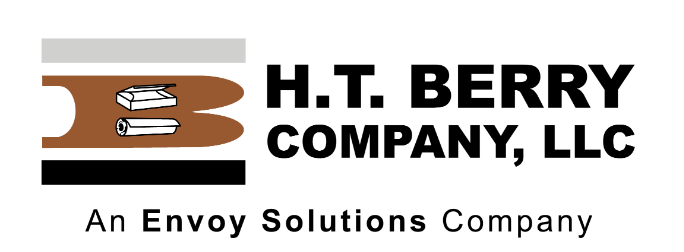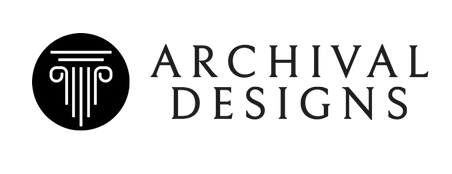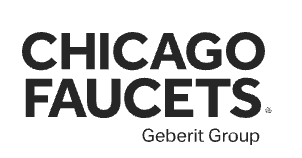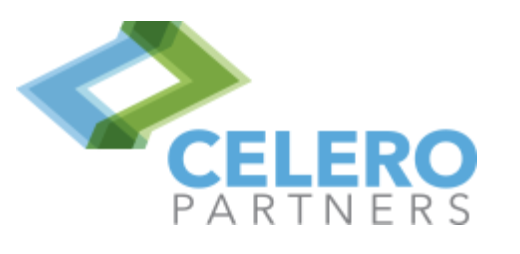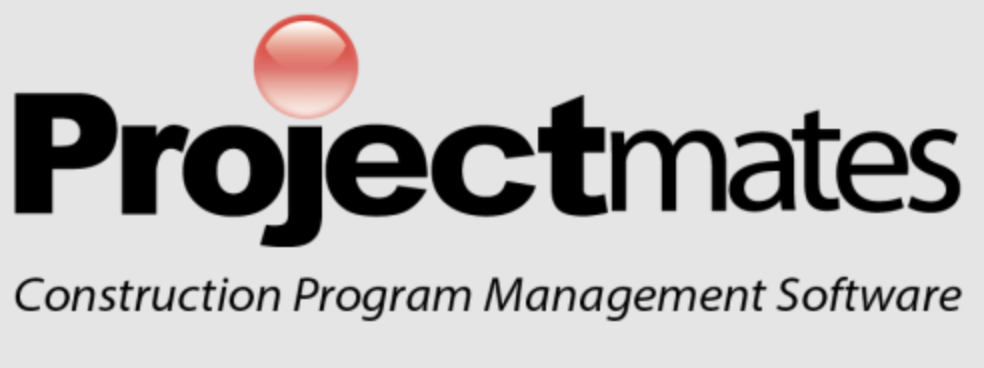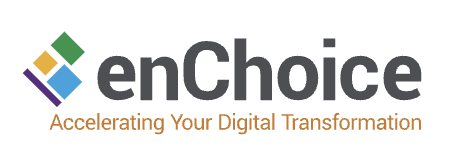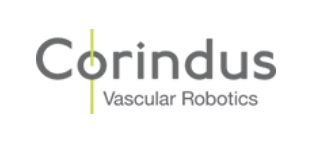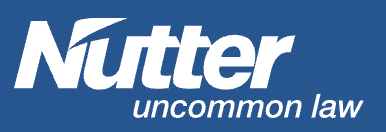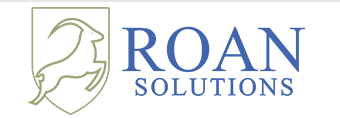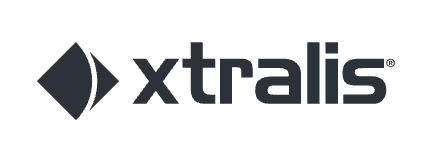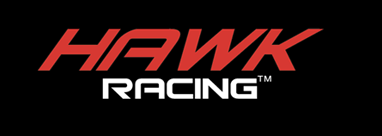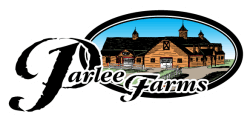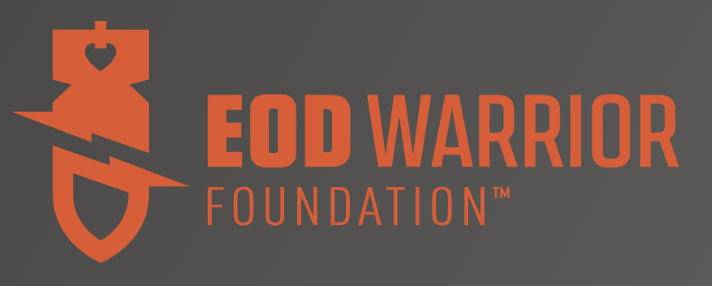A White Hat Guide to Content Marketing
Categorized in: Content
 There are plenty of tips out there about “white hat link building”, and many can be found right here on this blog. However, the face of link building has drastically changed over the years. In fact, we’d even say that “link building” isn’t even the correct term for generating inbound links to your website anymore. Now it’s more like “link earning”. The best way to earn natural links that point back to your website is to publish high quality, informational content that people will want to link to and share. So it’s time to start talking about the white hat approach to content marketing.
There are plenty of tips out there about “white hat link building”, and many can be found right here on this blog. However, the face of link building has drastically changed over the years. In fact, we’d even say that “link building” isn’t even the correct term for generating inbound links to your website anymore. Now it’s more like “link earning”. The best way to earn natural links that point back to your website is to publish high quality, informational content that people will want to link to and share. So it’s time to start talking about the white hat approach to content marketing.
Here are 4 tips for developing a content marketing strategy that is search engine approved:
Publish substantial content only
Your blog post or article doesn’t need to be 5,000 words, but it shouldn’t only be 100 or 200 words either. You don’t want it to be perceived as “thin” by the search engines. 500 words is a good goal to have for a piece of online content.
Publish on sites relevant to your niche
There are plenty of places to publish your content online. The first priority should always be the blog on your website. This content sends traffic directly to your site. However, in order to improve brand visibility across the web and generate natural inbound links to your website it’s necessary to publish content on other sites as well. The only sites that are worth submitting your content to are the ones that are related to the products or services that you provide. Avoid general article submission sites. The search engines don’t view them favorably and your target audience is less likely to find them there.
No follow the links
The primary goal of content marketing should be to gain visibility and generate traffic back to your site from interested parties, not to build links simply to boost your inbound link portfolio for SEO purposes. To ensure that you stay on the “good side” of the search engines, it’s recommended to add the “no follow” tag to any link that appears in your content that directs readers back to your website. This tells the search engines not to consider that link and it won’t pass any trust. However, that doesn’t mean it isn’t helping your SEO at all. The search engines like to see a well-rounded link portfolio of both followed and no followed links. The exposure gained from the content can lead to natural followed links in the future.
Implement keywords naturally
Every piece of content is an additional opportunity to rank for targeted keywords in the search engines. Keywords can be implemented into the content naturally, but they shouldn’t be forced. Target audience members are the top priority. A piece of content that is stuffed with keywords not only results in a bad user experience but can also result in a search engine penalty.
LIKE AND SHARE THIS ARTICLE:











